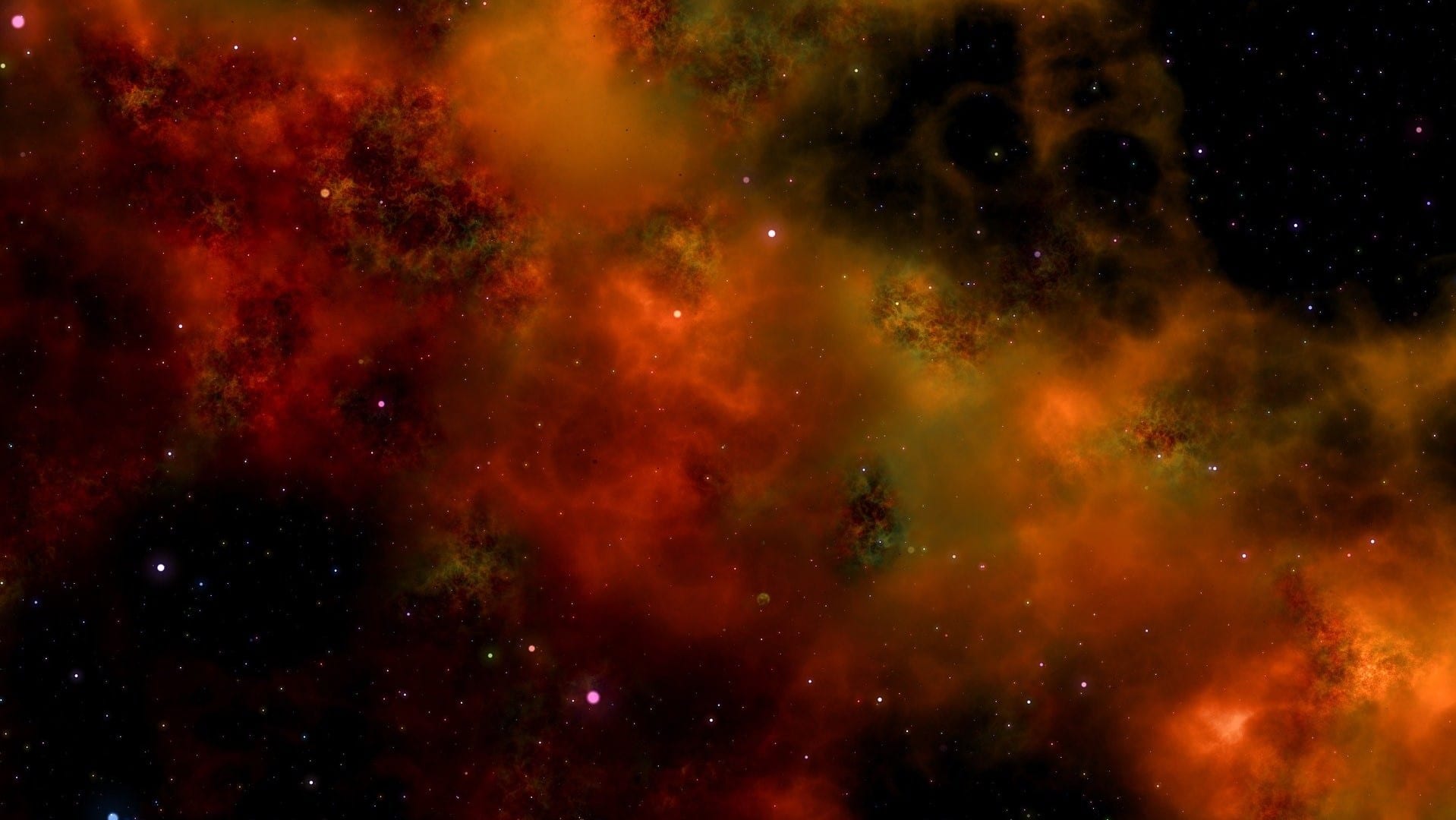⇧. [VIDÉO] You may also like this partner’s content (after ads)
–
–
–
The Dark Energy Spectrographic Instrument (DESI) has just completed the first seven months of its air mission. This makes it possible to display a three-dimensional – still incomplete – map of the Universe, the largest and most detailed map ever created. This has already helped astronomers uncover the secrets of the most powerful light source in the Universe, and will later allow for a better understanding of its history.
This is a 3D map of the cosmos showing clusters, filaments, and fissures provided by the Kitt Peak Observatory in the United States. Since May 2021, the Dark Energy Spectrographic Instrument (DESI) has been mapping the sky, mounted on the Mayall (4 meter) telescope. It must contain more than 35 million galaxy in its catalog at the end of its operation in 2026, which allows scientists to launch a lot of research in the fields of cosmology and astrophysics.
It is important to note that 70% of the energy density of the Universe appears to be due to an unknown “dark energy”, which we only know is accelerating the expansion of the Universe. While gravity is supposed to hold back the expansion of the Universe, the rate of this expansion is actually accelerating, revealing more dark energy. The latter was never directly observed, although its effect was measured.
A mission that reveals the past and future of the Universe
The observation mission took a long time to start. The DESI spectrograph, made in 2015, opened 5,000 “eyes” in 2019, although a health crisis delayed its launch… The fiber-optic eye is positioned by a robot, with an accuracy of 10 microns. ” It’s less than the thickness of a human hair », said physicist Klaus Honscheid of Ohio State University, co-instrument scientist, who will present the DESI session’s first paper. ” And you have to position each robot to collect light from galaxies billions of light years away. “, he added.
In five years, the spectrograph will help astronomers understand what role dark energy plays in the expansion of the Universe, by studying its past and what future awaits it. To this end, measurements of the distances of 35 million galaxies and 2.4 million quasars – very bright galaxies – were planned for more than a third of the entire sky. Scientists will be able to measure variations in the universe’s expansion rate with unprecedented accuracy. This level of accuracy is needed to collect detailed images of the color spectrum of millions of galaxies.
DESI breaks the light from each galaxy into its color spectrum and determines how much of the light is redshifted. In fact, we know that the more the light spectrum of a galaxy shifts to a red color, the further away it is from us. This redshift allows DESI to see the depths of the sky and, by mapping galaxies and superswarms, to determine their expansion history. Swarms of clusters and super swarms carry echoes of their original formation, when they were just ripples in the budding cosmos.
The study has cataloged more than 7.5 million galaxies and adds more than one million per month. In November 2021 alone, DESI cataloged the redshift of 2.5 million galaxies.
Black holes and bright galaxies
In addition, DESI data is currently used to monitor behavior black hole intermediate mass in small galaxies. Of course, black hole by definition very hard to find unless it attracts enough matter to form an active galactic nucleus (NGA): gas, dust, and other matter.
In large galaxies, NGAs are among the brightest objects, but in smaller galaxies, NAGs can be much more difficult to distinguish from emerging stars. However, DESI will provide more information about the cores of small galaxies, which will give scientists clues about how bright NGAs formed in the early universe.
The instrument will also provide a better understanding of the evolution of quasars, the lightest objects in our universe. ” I like to think of it as a street light that looks back at the history of the Universe. says Victoria Fawcett, an astronomy student at Durham University, UK. Quasars, whose evolution has never been tested before, were the great sins of the early universe because of their immense power. Large samples of rare objects could also be studied in the years to come.
–


